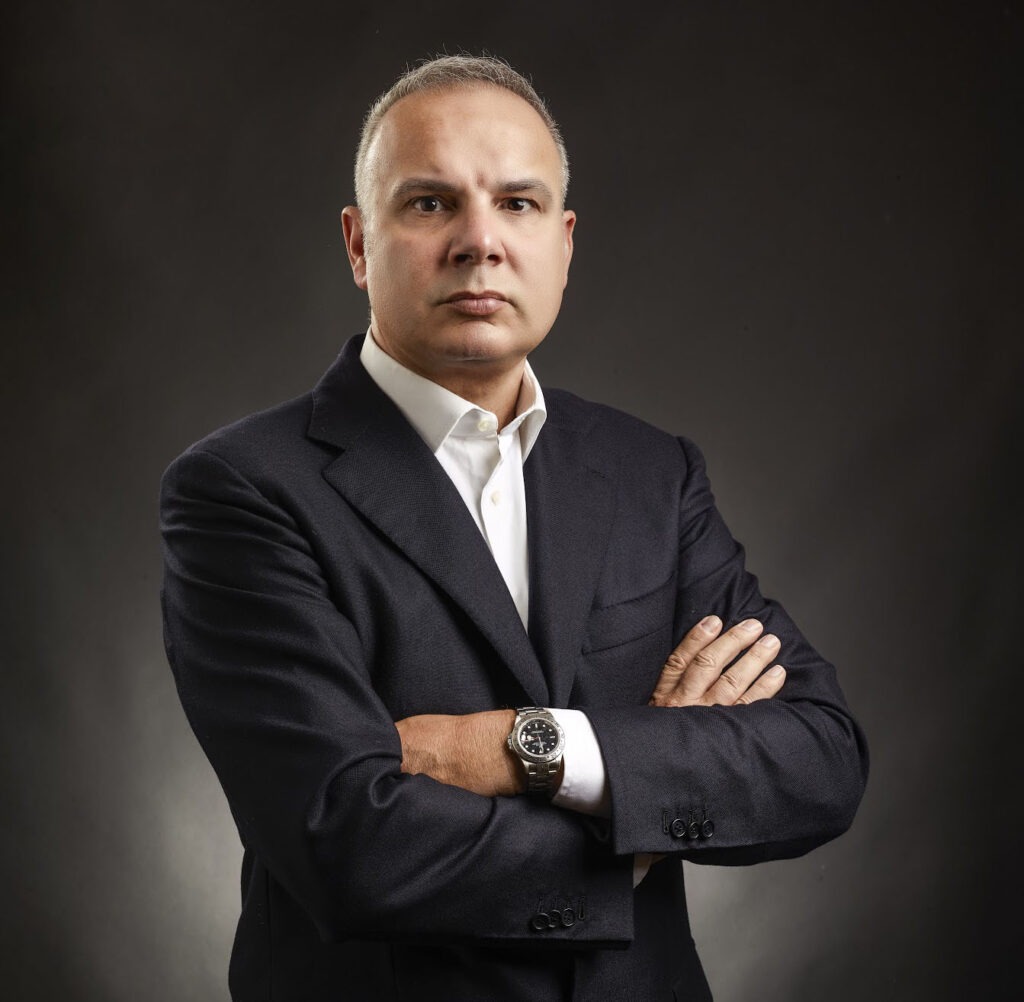Mario Carlini is an Italian entrepreneur with a history of successful achievements in business and commerce. His last brainchild is TakaMaka, an ambitious project in the field of Blockchain and Cryptocurrency. I asked him what the project aims to do, and how he is pulling together everything from starting a new coin, “becoming a bank,” and supporting the tracking & tracing of commercial goods thanks to the TakaMaka Blockchain.
Cryptocurrency has been around for a while. What is new about TakaMaka? What was missing, what was the limitation that you tried to overcome with TakaMaka?
Most well-known cryptocurrencies have scalability limits. The number of transactions per second of the best known blockchains, such as Bitcoin, and Ethereum, in their current version, are unable to satisfy large trading volumes. Our choice was the use of a “modern” distributed consensus mechanism, known as Proof of Stake, reaching up to 350 Tx / Sec (transaction per second), millions in a day and at very low fees. Values that represent a novelty and a real opportunity for the business world.
Choosing Switzerland for your headquarters doesn’t feel like a casual choice. Why is the location important?
Since 2018, FINMA, the Federal Financial Market Supervisory Authority, has become the first regulator in the world to publish guidelines on ICOs and token classifications. All of this has generated particularly favourable conditions for blockchain businesses. Recently, FINMA granted banking licenses to “SEBA” and “Sygnum,” with their respective offices in Switzerland, making them the first crypto banks in the world.
Establishing the TakaMaka Blockchain company in Switzerland was strategic for the regulation of our Tokens globally, but most importantly because becoming a fully recognized and regulated Crypto bank is definitely in our agenda.
What does “becoming a Crypto bank” translate in practice? What will you be able to do?
We recently applied for a “Financial Services Standards Association (VQF)” license, which is required to ensure compliance with anti-money laundering regulations directly from FINMA.
This license allows TakaMaka to operate in compliance with existing regulations and prevent money laundering operations. This is the first step towards obtaining a license and transforming TakaMaka into a fintech bank (TakaMaka Bank), fully regulated by the Swiss FINMA.
This is revolutionary, because it will give us the opportunity to become the first internationally regulated institution connecting the traditional banking world with the cryptographic/digital one. Quite simply, you can deposit crypto currency in our bank and use the modern payment systems such as Gpay, Apple Pay, Credit Card, etc. to pay for any type of good and service. The idea is to offer banking services to the blockchain ecosystem and become fully regulated for digital assets.

TakaMaka has two academic partners: the University of Verona and the University of Trento, in Italy. Can you tells us about this collaboration?
TakaMaka is a cryptographic project developed in collaboration with the Universities of Verona and Trento. Thanks to Fausto Spoto, Professor at the Department of Computer Science, University of Verona, the use of native Java as a smart contract language was made possible, while the University of Trento gave us a significant contribution on the analysis of the cryptography and consensus algorithms of our Blockchain.
The environmental impact of Blockchain technology is often at the center of critical discussions. It also represents an obstacle in spreading this technology further. How does TakaMaka position itself with respect to this issue?
By design, TakaMaka’s impact on the environment has been measured to be less than that of existing blockchains. TakaMaka’s consensus algorithm is called Proof of Stake (PoS). PoS is a novel approach to the management of the Blockchain, to its creation of Blocks, and to the consent of the transactions contained within. The idea is that instead of wasting electricity to solve complex mathematical problems, typical of Proof of Work algorithms (similar to the one used by Bitcoin, to name one), the TakaMaka algorithm concentrates the economic effort directly on the protocol. This results in a lower demand for hardware infrastructure and in a lower energy consumption.
Currently, you are looking into expanding TakaMaka to a new type of service, that requires a new type of technology, i.e. the tracking & tracing of goods using blockchain technology. How does that work?
What we want to do is integrate the blockchain with microscopic, biodegradable sensors (a few microns thick) in any type of object that we want to track. Tracking may go from the place of origin to the customer, for quality control reasons. These tiny devices emit a signal at specific times during the shipping. This signal is inserted in the Blockchain, providing reliable information on the history and handling of the good. When customers finally receive the good, they can view its history by downloading all the information, for example, on their smartphone via Bluetooth or a touch-free technology. They can see whether the good has been compromised or tampered with.
Of course, applications depend on the type of good. Not everything can be tracked with this technology. For example, you can track a bottle of expensive wine, because the sensor can be embedded in the glass. But you cannot track perishable food, like a stock of tomatoes, although in principle it would be equally interesting to track this type of goods.
What has been the biggest challenge so far? Was it technological, legal, or maybe financial?
TakaMaka was built from scratch, we started from a blank canvas: this was the biggest challenge! We developed everything from the protocol, to the consensus algorithm, to the smart contract framework. We also included the most recent post quantum cypher suite technologies. The challenge is not just making sure that every step in the process happens, but drawing the map as we advance in this new territory.
To learn more about TakaMaka, you can visit: http://takamaka.io



